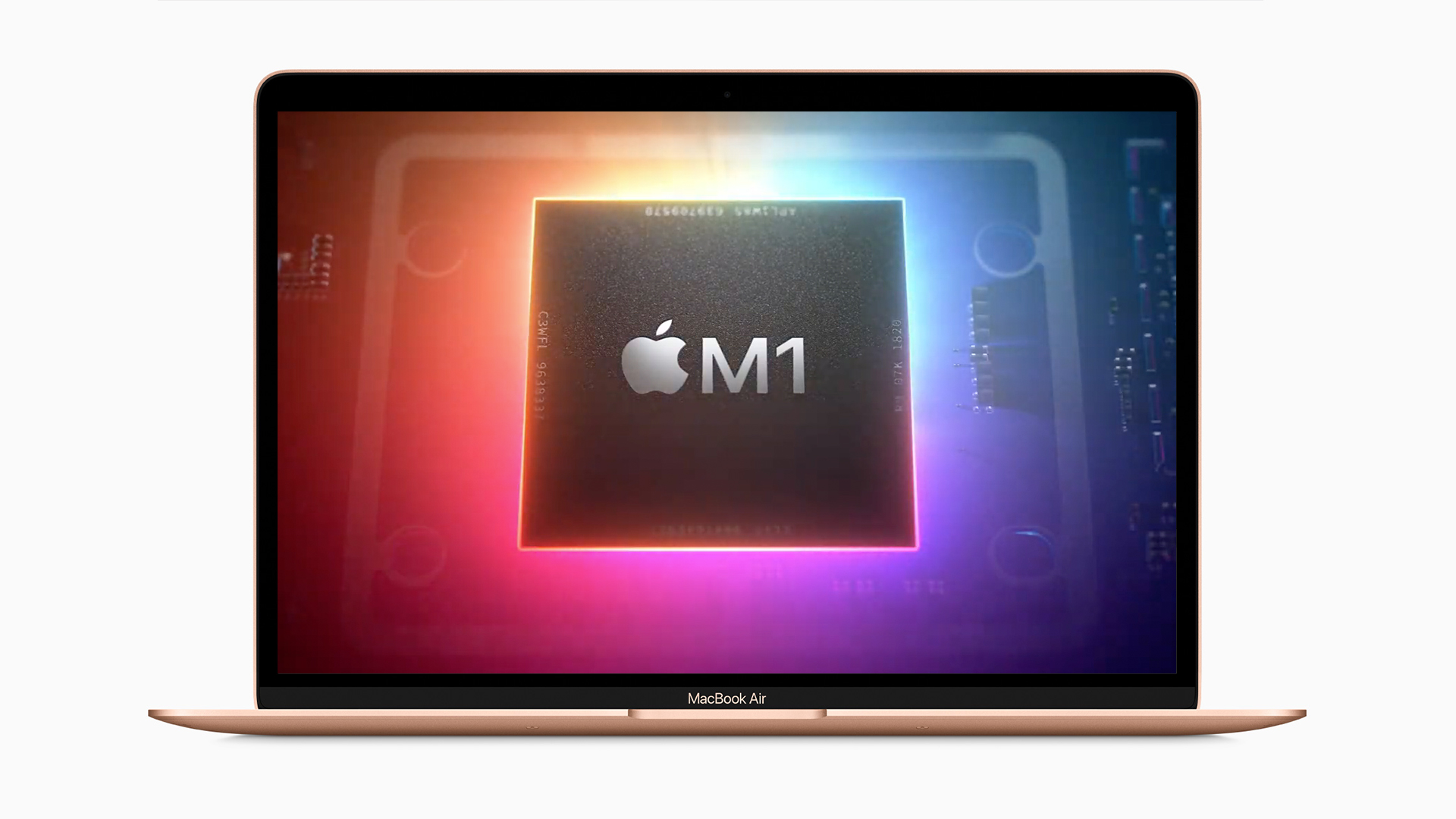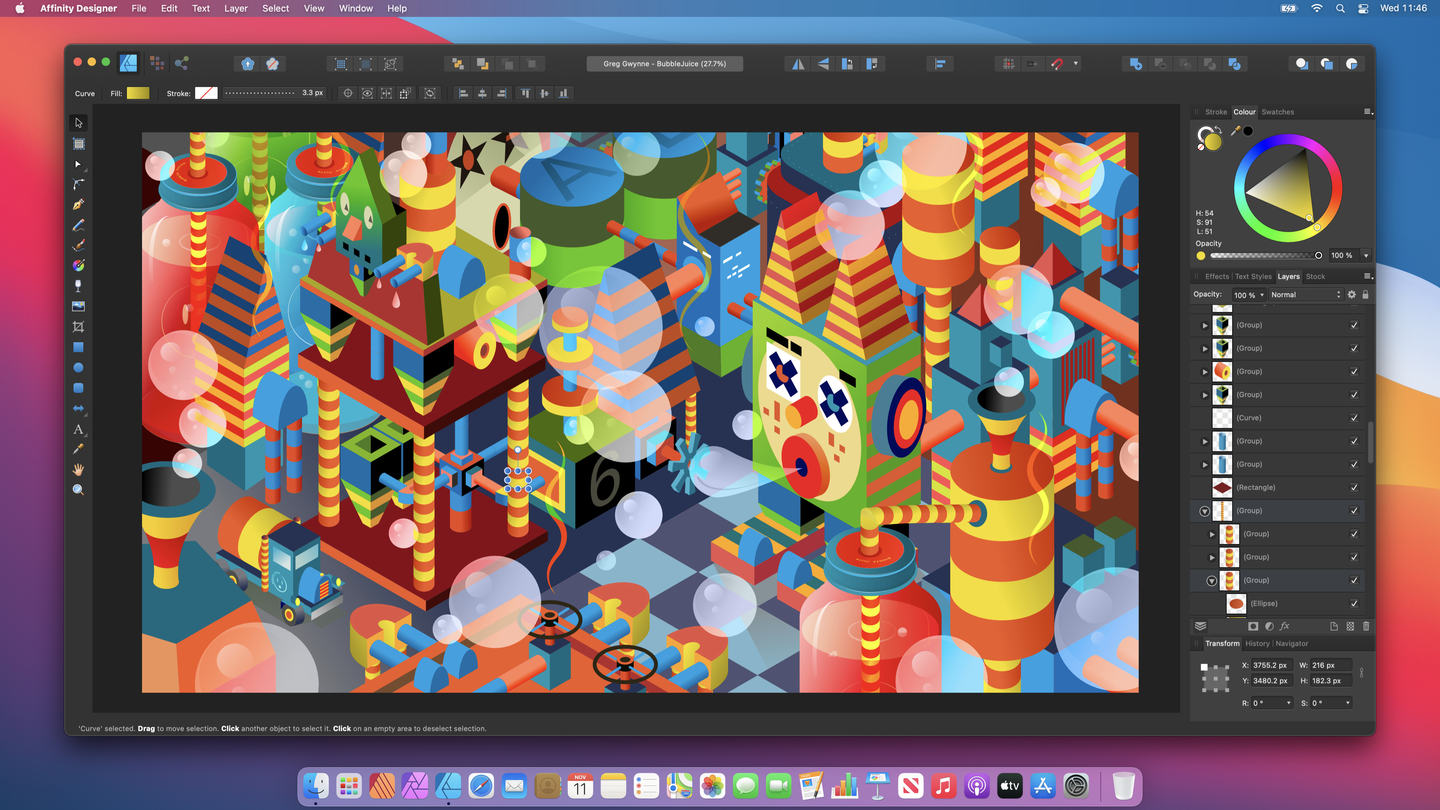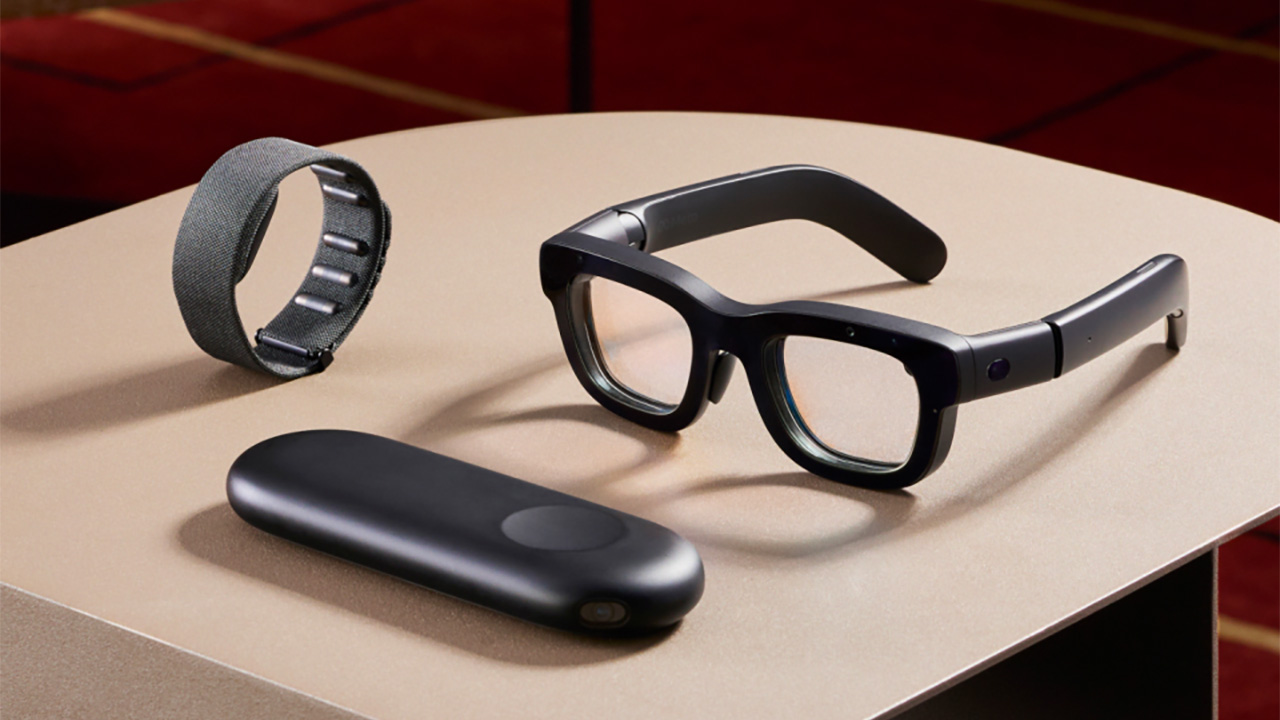

Apple’s new M1-powered Macs are fast: in benchmarks, the late 2020 MacBook Air and MacBook Pro are outperforming PCs and some of Apple’s best Macs too. But there’s more to M1 power than sheer clock speed: according to Ashley Hewson, MD of graphics software powerhouse Serif, the M1 is outperforming much faster Intel chips that clock even higher.
Serif knows a thing or two about Intel and Apple chips: its superb Affinity Photo and Affinity Designer are available for Intel-powered Macs and Apple-powered iPads, and now they’re optimised for the M1 too. In fact, Serif’s apps are the first professional creative applications to offer full native M1 support.
That experience means that Serif knows better than most what makes the difference when it comes to performance, so we tapped Hewson's knowledge to explain just what it is that's Apple's doing to make these computers so fast.
It's about the cores
“The first thing is the CPU core,” Hewson says. “The M1 chip has four high-efficiency cores and four high-performance cores, and if you look at the high-performance cores their benchmark is higher than any other single core we’ve ever tested.”
For Serif's own software, that performance is really apparent in vector graphics applications, which are very computationally intensive as the number of objects and layers starts to climb. “The fact that it’s got such a ridiculous CPU means that all those operations are potentially quite substantially faster than even, say, the latest 16-inch MacBook Pro with the fastest CPU you can specify. That means everything is a lot faster and smoother.”
As Hewson points out, the M1 is delivering pro-level performance in a processor you’ll get in a Mac mini or MacBook Air. And the CPU is just part of the story.
What makes the M1 really exciting for Serif isn’t just its fast CPU cores. It’s the GPU. “The M1 has also got this really high-powered GPU that’s actually on the chip itself rather than being a separate, discrete graphics card.”
Sign up to the T3 newsletter for smarter living straight to your inbox
Get all the latest news, reviews, deals and buying guides on gorgeous tech, home and active products from the T3 experts
As Hewson explains, the GPU is of course crucial to graphics software and to any software that’s graphically intensive. “In graphics software you need the GPU to edit raster or pixel data. So when you’re applying adjustments to an image, or you’re applying a filter effect, a blur, a perspective distortion or whatever it might be, for those types of operations in pixel layers we use the GPU.”
When it was testing what would become the M1 Macs – using developer kits with 8GB of RAM, not the 16GB that the M1s can be configured with – Serif used 100-megapixel images. “If you were to apply a blur to that on a previous non-discrete graphics card – such as the UHD 630 or something that was built-in to the Intel chips – you would never be able to handle a 100-megapixel image and get the same kind of live performance as you’re editing it.”
With the M1, integrated graphics are no longer the enemies of graphics pros. This is really important not just for graphics apps, but for all kinds of apps: GPUs are used for numeric processing as well as handling graphics. “It’s a much faster, smoother experience,” Hewson says. “Particularly when you’re working on complicated documents that need to tap into both the CPU and the GPU."

Serif's Affinity Designer running in macOS Big Sur, the new OS optimised for M1 chips.
The power of thinking different
One of the crucial differences between the M1 system on a chip and more traditional computing architectures is that it isn’t modular. If you’re a pro user, your computer will typically have its CPU and its GPU as little independent, replaceable kingdoms, each with its own memory that it doesn’t want to share. If there isn’t enough high-speed graphics memory, the CPU can’t send some more over.
With the M1, the same high-performance memory is shared between the CPU and GPU. That removes a significant bottleneck, as Hewson explains. “Even with a high-powered Mac we would have to be passing millions and millions of pieces of data all the time between the CPU on the Intel chip and the GPU on the graphics card, because they have independent memory – so we have to constantly shift data between the two things. And that has a really big knock-on effect for the performance.”
If you’re thinking “but don’t Intel chips share the same memory with their integrated graphics?” you’re right, they do. But in the lower-spec computers that typically use integrated graphics, the GPU accesses the main system memory, and that’s typically much slower than the memory you’ll find in a dedicated graphics card. That’s not the case in an M1 Mac. And don’t forget that the M1 Mac’s storage is all SSD, so when physical memory is full and the Mac needs to use virtual memory, that’s still very quick too.
Here’s an interesting thought. Right now M1 Macs max out at 16GB of RAM, and they’re already screamingly fast. What will they be capable of when they have four times the RAM and double the CPU and GPU cores?
What's next for M1 Macs?
When we asked Hewson what was the top of his wish list for future M1 Macs, he didn’t pause. “More cores,” he said. "That’s what it always comes down to. With four high-performance cores we’re getting benchmarks that are similar to a high-spec Mac, so for us it’s like: imagine what that could be if you had eight high-performance cores. It’ll be interesting to see how far they can scale it.”
Like Hewson, we can’t wait to find out.
Writer, musician and broadcaster Carrie Marshall has been covering technology since 1998 and is particularly interested in how tech can help us live our best lives. Her CV is a who’s who of magazines, newspapers, websites and radio programmes ranging from T3, Techradar and MacFormat to the BBC, Sunday Post and People’s Friend. Carrie has written more than a dozen books, ghost-wrote two more and co-wrote seven more books and a Radio 2 documentary series; her memoir, Carrie Kills A Man, was shortlisted for the British Book Awards. When she’s not scribbling, Carrie is the singer in Glaswegian rock band Unquiet Mind (unquietmindmusic).
-
 Build unshakeable core strength with a kettlebell and these three exercises
Build unshakeable core strength with a kettlebell and these three exercisesAdd this to the end of your workout to fire up your midsection muscles
By Bryony Firth-Bernard Published
-
 The next big tech battlefield is AR Glasses – and Apple is ready to fight
The next big tech battlefield is AR Glasses – and Apple is ready to fightTim Cook is said to "care about nothing else"
By Sam Cross Published